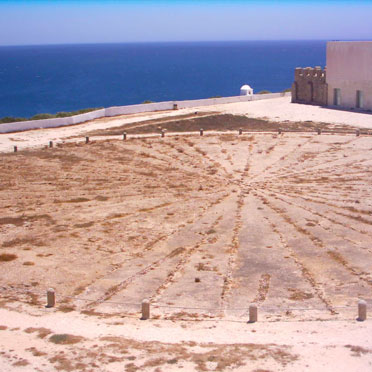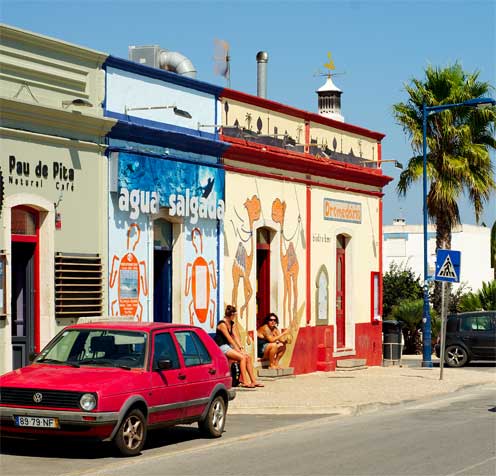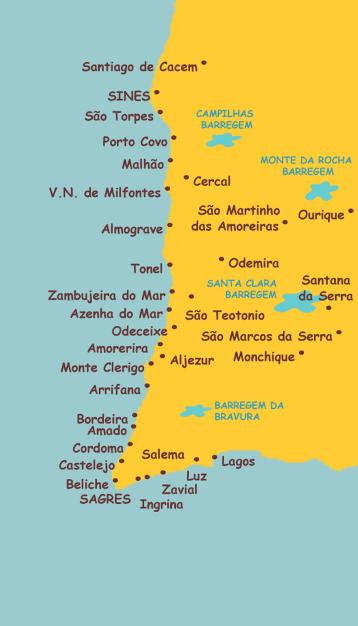
Discover towns and villages that time forgot ...
See prehistoric sites, stay by beautiful reservoirs or join in the fun of the many fairs and festivals! Much if the region is in the national park of the Costa Vincentina de Alentejano.
The coast is spectacular with many seaside towns boasting magnificent unspoilt beaches with golden sands (see On the Beach for information on these). Below are some of the most interesting places to visit – going from north to south.
See our Walking, Hiking and Climbing page for information on the fabulous coastal and inland walks of the recently established Rota Vincenta which boasts marvellous sea views and inland vistas.
Santiago de Caçem
This historic town is well worth a visit. It has a Moorish castle rebuilt by the Knights Templar, a local museum housed in a notorious former prison and a traditional working windmill. A variety of Fairs are held locally throughout the year. Nearby is the Roman site of Miróbriga, thought to have been a fortified Celtic settlement as from the 4th century BC then largely Romanised after the 1st century AD. You can visit the ruins of the Shrine to Venus and Aesculapius, the Spa and the Hippodrome (1km away). The Baths, well built using marble and decorated with frescoes, would have served the local population and particularly the pilgrims visiting the shrine.
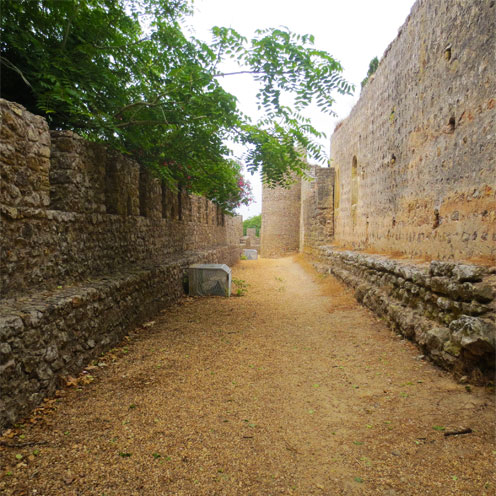
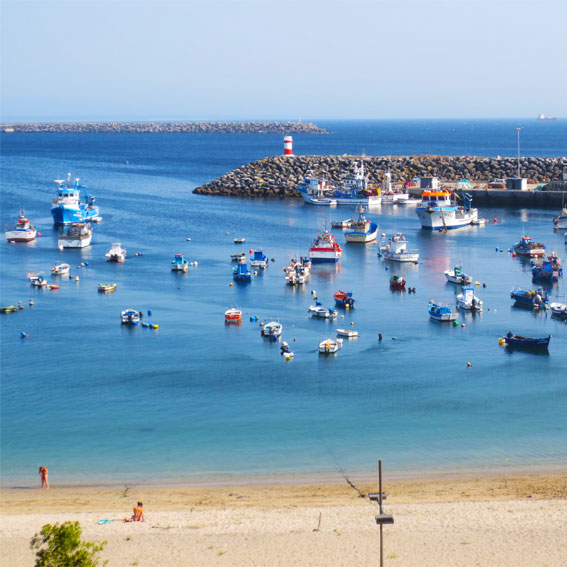
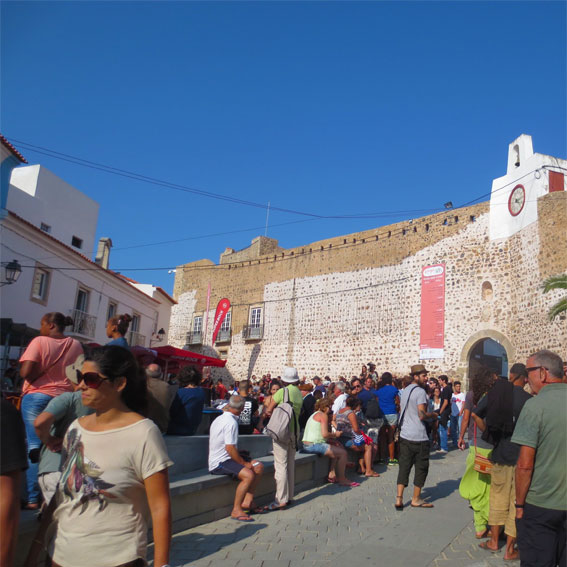
Sines
The navigator Vasco da Gama (ca. 1469-1524), discoverer of the Maritime Way to India, is one of the major figures of Portuguese and world history and was born in Sines. It was the county of Sines that he claimed as the reward for his deed in India to the end of his life.
The Sines Arts Centre was designed by the prize-winning Atelier Aires Mateus. Its bold, innovating architecture makes it a notable contemporary monument in Sines and one of the best examples of contemporary Portuguese architecture, having been selected for the European Mies van der Rohe Award.
The Festival Músicas do Mundo - World Music Festival (FMM) has been organised by the Municipal Council of Sines since 1999. It is the biggest world music festival in Portugal. This annual festival is held at the end of July, against the backdrop of the Castle’s historical scenery, on the beach promenade and other spots around the town. Past FMM concerts have featured artists such as the Kronos Quartet, Hedningarna, The Skatalites, Taraf de Haidouks, The Master Musicians of Jajouka, Trilok Gurtu, Trilok Gurtu, Mahmoud Ahmed, Asha Bhosle, Cui Jian, Orchestra Baobab, Rokia Traoré, Lee 'Scratch' Perry, Tinariwen and Staff Benda Bilili. The quality of FMM has been acknowledged by the Portuguese and international presses.
Photos: Sines beach and marina, Outside the castle walls during the World Music Festival at Sines.
Odemira
The capital of the region this ancient town sits on the banks of the river Miro, one of the most unpolluted rivers in Europe. The town is not far from stunning beaches and an open air jazz festival is one of the big cultural events of the year.
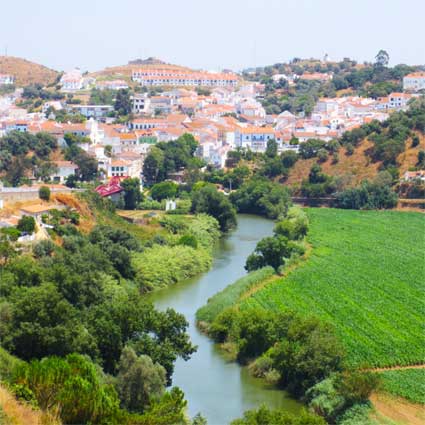
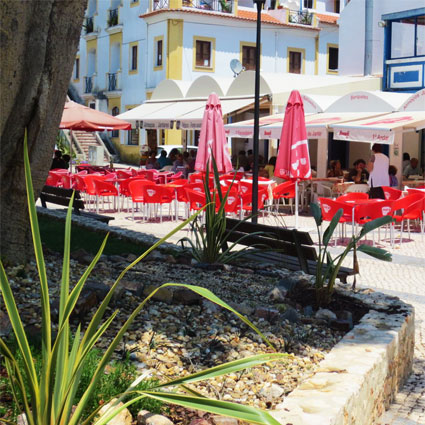
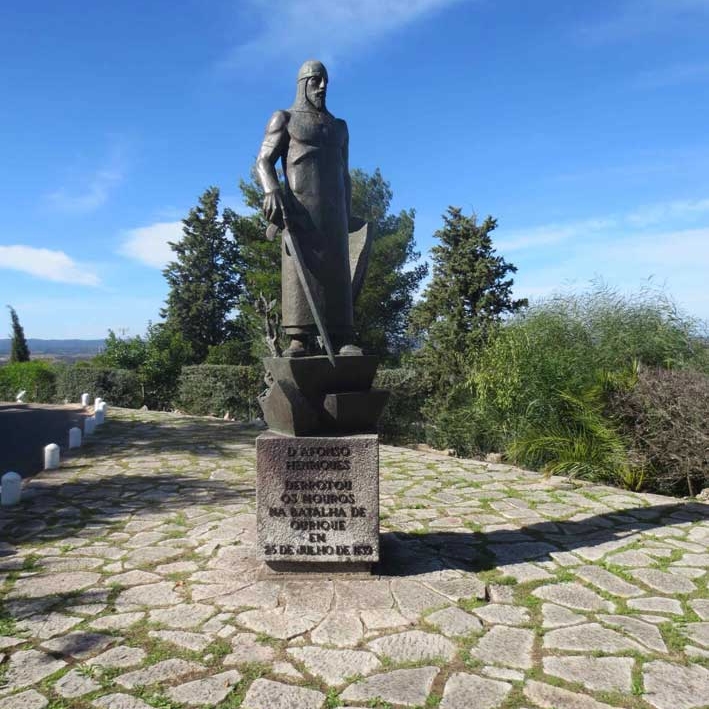
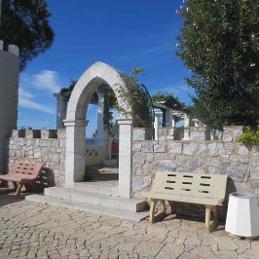
Ourique
This ancient town close to the rolling plains of the Alentejo is known for olive oil, sheep and goats cheeses and black pork. There are many restaurants serving this robust local cuisine. The 12th century castle is built on high to overlook the countryside and has a 'miradoura' or look out point. There are 16th and 18th century churches and a 14th century clock tower. Nearby is the Bronze age site of Castro de Cola (see below).
Castro de Cola (prehistoric site)
Situated off the IC1 after Santana de Serrra. This national monument, a Bronze age settlement, was taken over in later years by Romans and then the Moors. It is part of an archeological park that includes megaliths and Bronze age burial sites. A little 17th century church is nestled nearby 'Our Lady of Cola' whose sanctuary was one of the most important pilgrimages in the Alentejo.
Although the site is situated away from main roads and towns there is a very good restaurant called Castro de Cola near the church whose aim is 'to honour the Alentejan cuisine'. See http://castrodacola.pt/cc-beta/ where you can read more about this fascinating place.
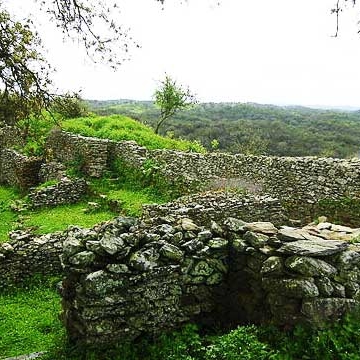
Sao Teotonio
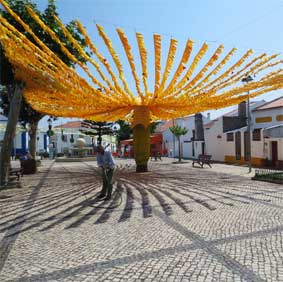
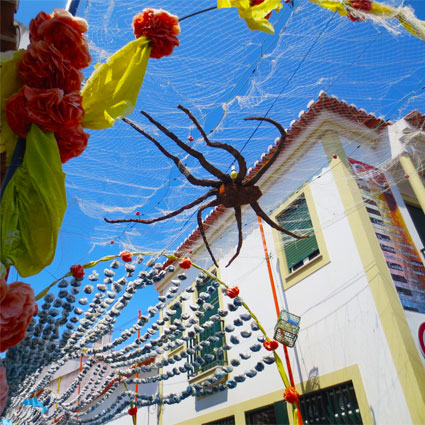
Near the sea and close to the beaches of Zambujeira do Mar, Sao Teotonio hosts an enormous market (first monday of the month) selling local produce, live chickens, honey, chorizo sausages, cured ham (presunto), wine, olive oil and cheeses. There are also clothes stalls and local crafts including basketware. Every year the town celebrates the bounties of the earth and sea with a Festival de Mastros where the whole town is decorated with thousands of paper flowers made by the locals.
Santa Clara da Velha and
the Santa Clara reservoir
This peaceful pretty village is situated near to the beautiful Santa Clara reservoir popular for fishing for black bass (achegã), water sports, hiking and birdwatching. It is considered one of Europe's largest dams. Set in a stunning landscape of dramatic hills and forests it has a modern hotel on its edge with fabulous views across the water. You can also park your campervan next to the dam. In September the Achegã Festival celebrates the Achegã fish which can be caught in the reservoir and a Summer Solstice Festival is held in the village.
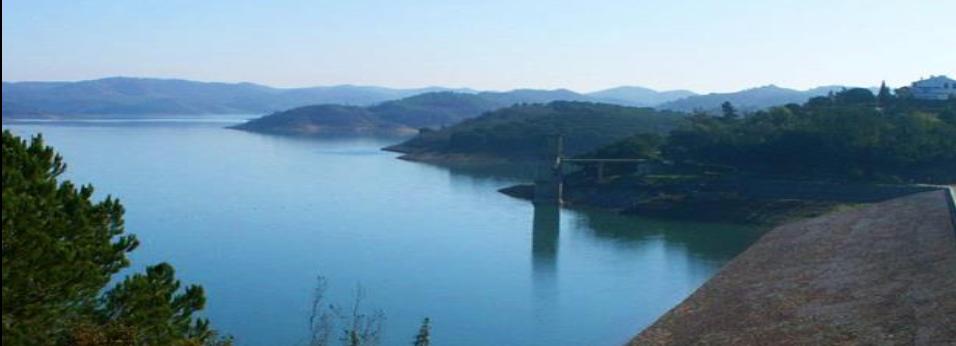
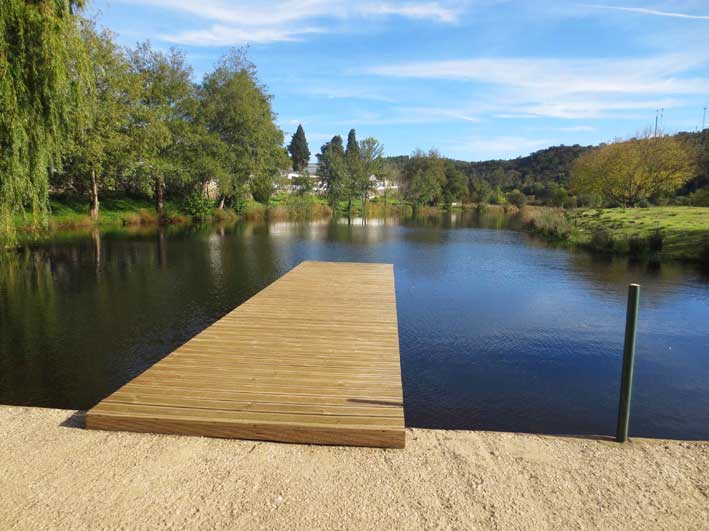
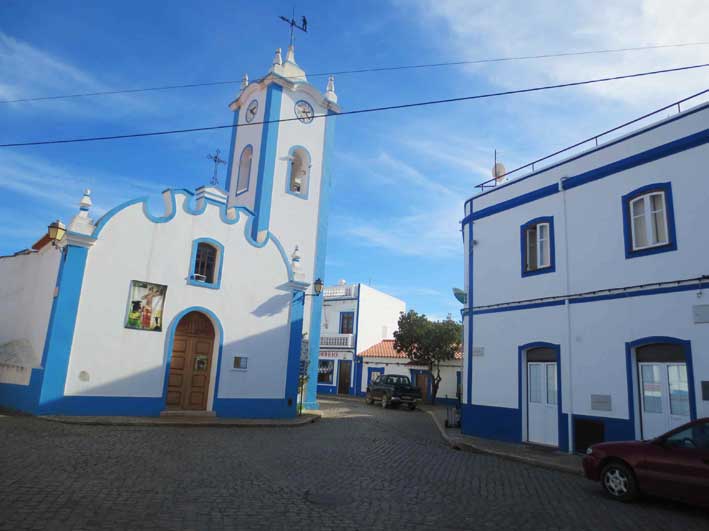
Monte de Rocha reservoir
The above reservoirs have restful stretches of calm water that provide excellent conditions for canoeing, windsurfing and angling.
Monchique

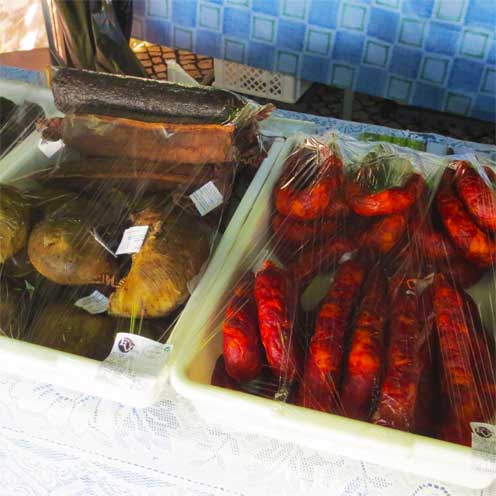
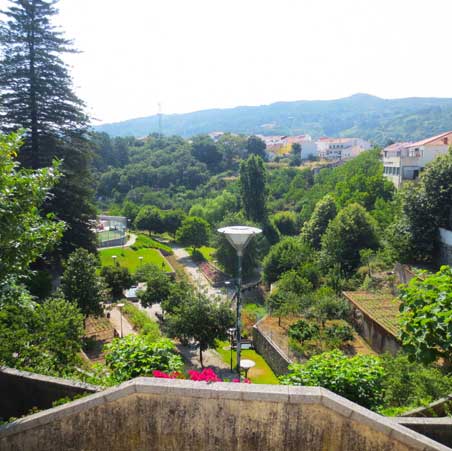
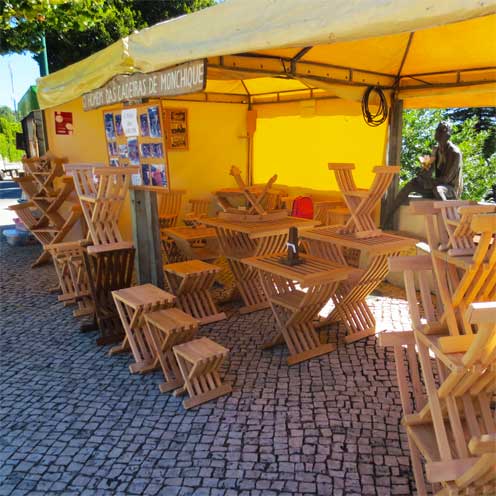
Historic Monchique – a cool place to be in the heat of the summer as it's the highest town in the Algarve. Soaring above are the two peaks of Foia and Picota with spectacular views to the south coast.
Medronho, a fiery spirit made from the Arbutus (Strawberry tree) that grows in the surrounding hills, is distilled here. The town also hosts a Sausage and Medronho Festival the first weekend in March every year. The array of choriço and various shapes and sizes of sausage is astounding. There are a good restaurants and cafés plus a many artisan shops selling the unique local wooden furniture, handmade wool knitwear, various liquers and pottery among other things. A covered market at the far end of town sells fresh fish and vegetables daily.
The road leading down to Portimão on the south coast is deemed a road of outstanding natural beauty. On the way it passes the picture postcard Caldas de Monchique – a Roman spa village that has been extensively improved with European funding. The drinking spa water is bottled and sold in supermarkets and a health spa still exists. Along the road there are many more artisan shops and restaurants serving hearty Monchique meat dishes with cured hams hanging from the rafters.
Cabo Sardao lighthouse
Towering above the coastline near to Cavaleiro, this impressive lighthouse, built in 1915, has a tower 17 meters high. Close by on the cliffs white storks can be found – the only known instance of these large birds making their nests on sea cliffs.
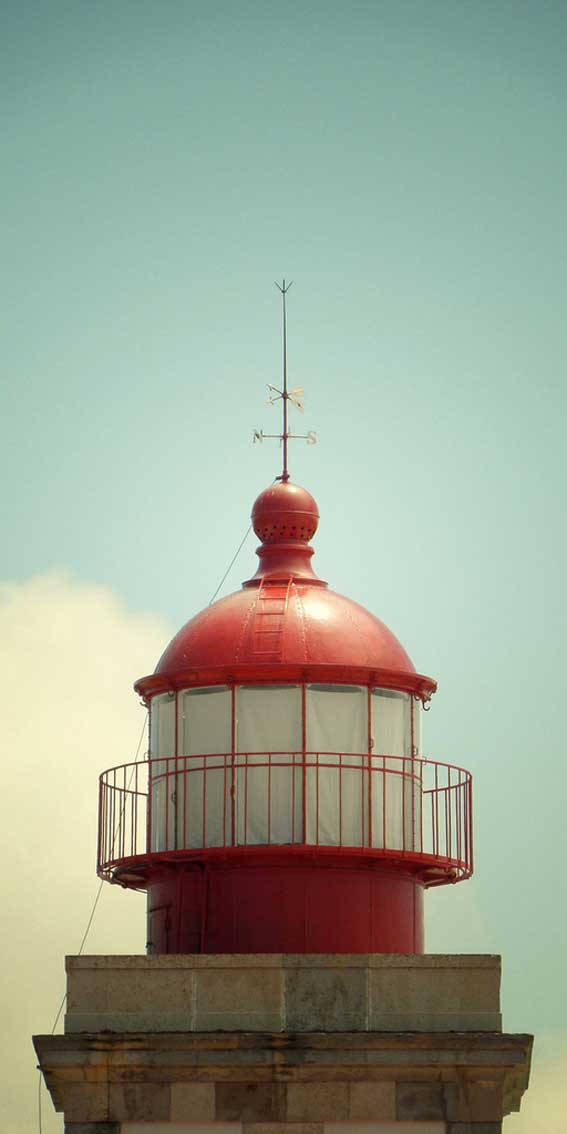
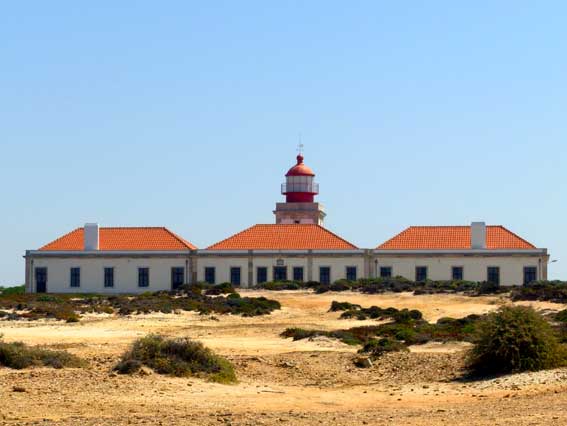
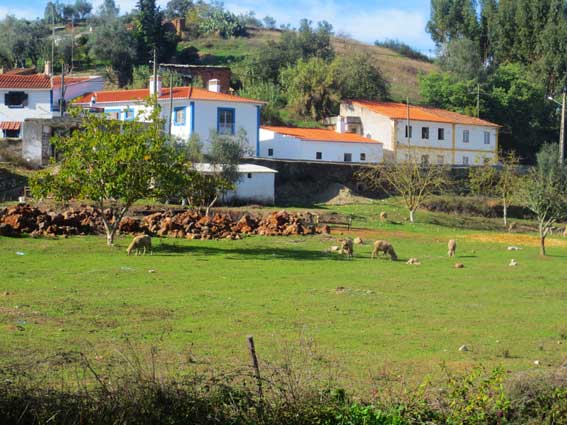
Sao Martinho das Amoreiras
This rural village is steeped in history. The local people keep their traditions alive, one of which is playing the campanicas viola the Alentejan guitar. The village is known for its carpentry, blacksmithing and cork.
The drive around the surrounding countryside is beautiful – on roads verged with mimosa, pines and eucalyptus.
The Necroplis de Pardiero
The Necroplis of Pardeiro, an Iron age settlement is located near to Sao Martinho das Amoreiras and has 11 graves excavated.
Sao Marcos da Serra
If you want to see Portuguese village life then visit this little town in the hills of the northern Algarve. There is an Easter Fair that celebrates the local produce including their Easter Cake – a sweet bread sporting an egg complete with shell embedded in the top!
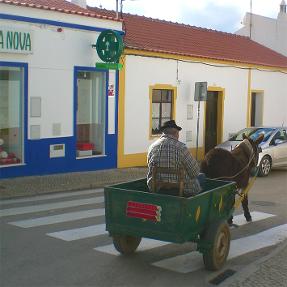
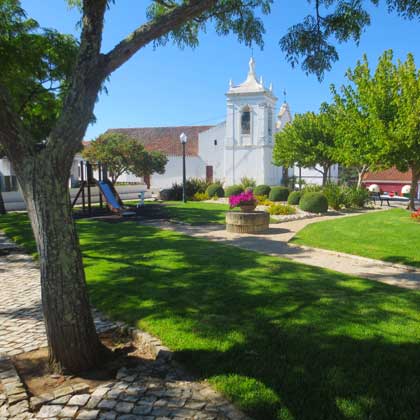
Aljezur - crusader castle and the sea
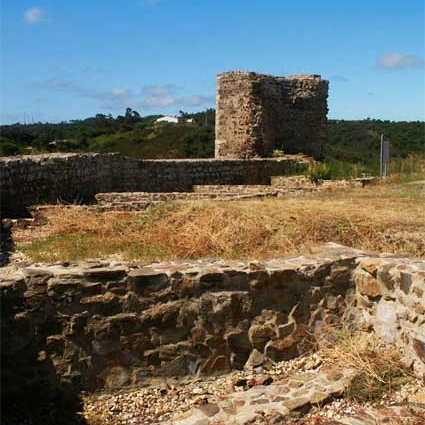
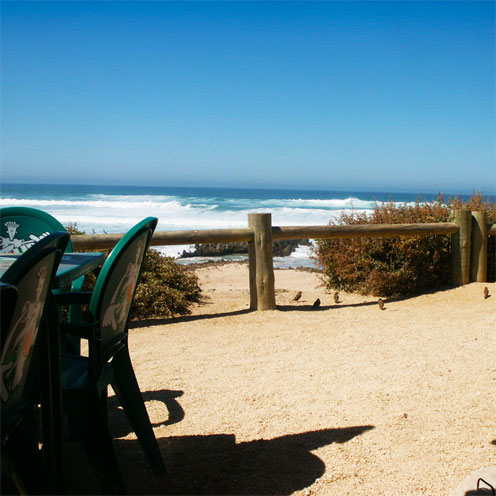
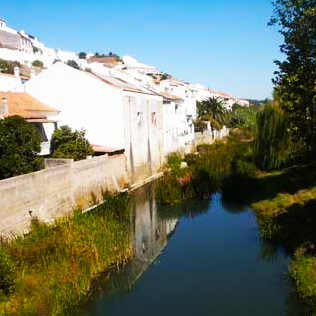
Aljezur - the name reflects its Moorish past and this can be seen in the large, hilltop castle, built in the 10th century AD overlooking the town. It's situation gives fantastic views over the valleys and down to the coast where there are three beautiful beaches. The town itself is split in two – one part ancient and historical the other relatively new because in the 18th century malaria was rife and the inhabitants moved across the river to escape the disease.
There are several inviting restaurants offering fresh fish, sea food and some excellent local wines. The Sweet Potato Festival of Aljezur takes place every year in the beginning of December. These are grown in the sweeping, fertile valley where the town is nestled.
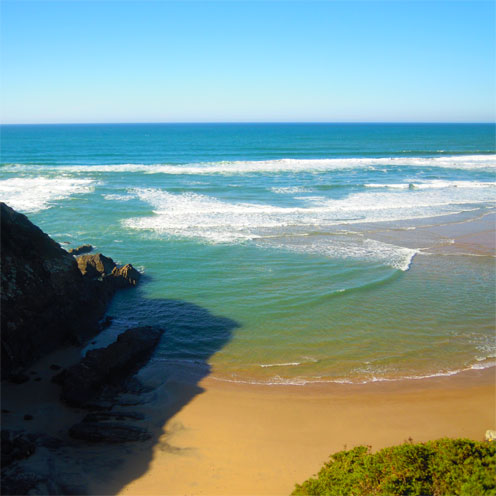
Odeceixe
Tiny streets flanked by whitewashed buildings near the estuary of the River Seixe. This town is very pretty, dominated by an old windmill, now a museum, where you can see the hand grinding of grain. There are glorious views of the town below. A Museum Cellar has an early 20th century wine cellar, furniture and utensils from houses in the area. Some splendid beaches are nearby.
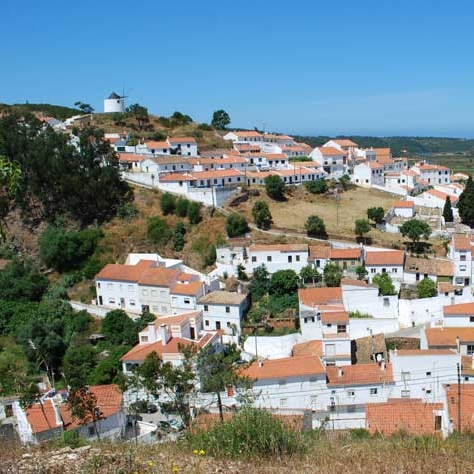
Sagres
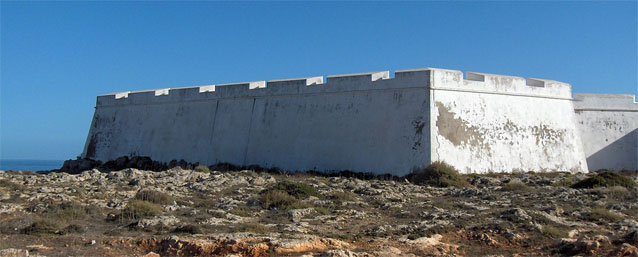
The most south westerly point in Europe with fabulous sunsets. Sagres is famous for the school of navigation built by Prince Henry the Navigator and is popular with surfers drawn to it by the Atlantic waves. Leading out from the town, which is relatively untouched by mass tourism are beautiful beaches and a pretty harbour. Henry's fortress, Forteleza de Sagres, built in the 15th century was destroyed by Sir Francis Drake in 1587 and rebuilt in 1793. It has a 39 metre diameter wind compass called the 'Wind Rose'. and houses a former monestary and 14th century chapel. The views from the nearby lighthouse, claimed to be one of Europe's most powerful) are simply breathtaking.
